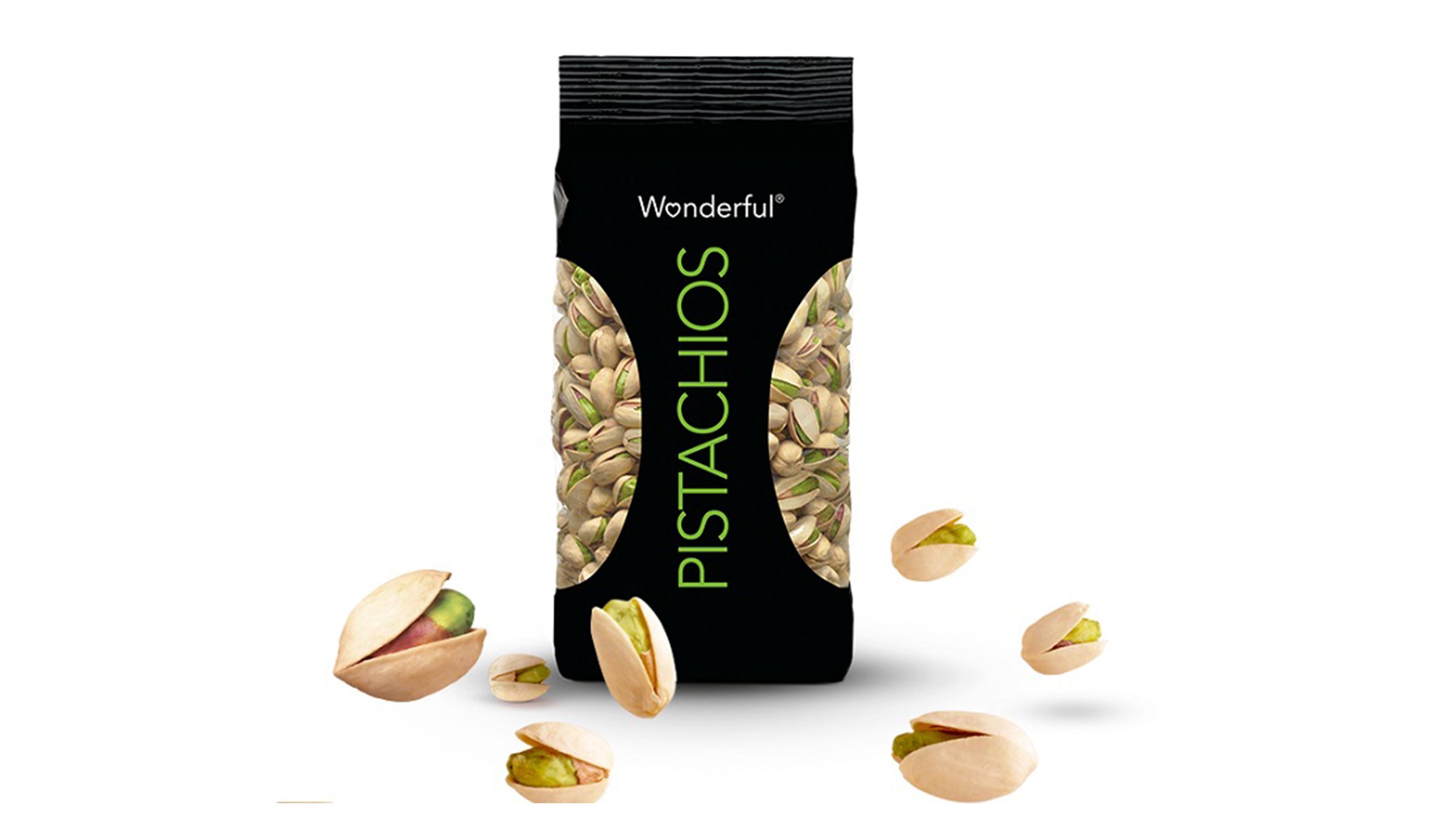New production facility helps meet the growing international demand for pistachios
Today, the U.S. is the world’s second-largest pistachio producer – and worldwide demand continues to grow.
Once reserved for royalty, pistachios have become a global snack sensation. People are hungry for the green nut because of its unique flavor, along with its natural health attributes. Like almonds, walnuts and other nut varieties, pistachios are packed with protein, antioxidants and fiber.
Wonderful Pistachios is a leader in satisfying worldwide demand for this tiny treat. The company is based in California’s central San Joaquin Valley, the heart of America’s pistachio industry. To flourish, the trees require cool winters and long, hot summers with low humidity. This largely limits pistachio production to three primary places on the planet – Iran, Turkey and California.
Today, Wonderful Pistachios alone accounts for 50 percent of the global pistachio market and 65 percent of the domestic sales. To continue to grow, Wonderful Pistachios needed a new facility where it could convert more raw fruit into the roasted – and usually salted – snack craved by consumers around the world.
Hulling harvest
The first stage of the production process – hulling – is time-sensitive. The nuts come off of the trees encased in a protective outer layer, which must be quickly removed to prevent spoiling. That’s why Wonderful Pistachios built the new facility in Firebaugh, California, close to the pistachio groves.
The hulling section of the new facility needed to be ready in time for the harvest, which begins in September and lasts eight to 10 weeks. After hulling, the nuts can be stored for the year-round processes of sorting, roasting, salting and packaging. Company managers planned to complete those subsequent sections once the hulling area was up and running.
They projected that more than 4.8 million pounds of pistachios would be hulled each day of the harvest. To handle such a huge volume – eventually across the entire production process – the new facility required major infrastructure investments, including a 30-megawatt transmission substation and miles of natural gas pipes.
With that groundwork under way, the company began planning the design of the hulling and production lines.
To manage the entire process, the Wonderful Pistachios team needed a control solution they could implement quickly, and later expand to include critical stages, such as pasteurization and precise roasting.
